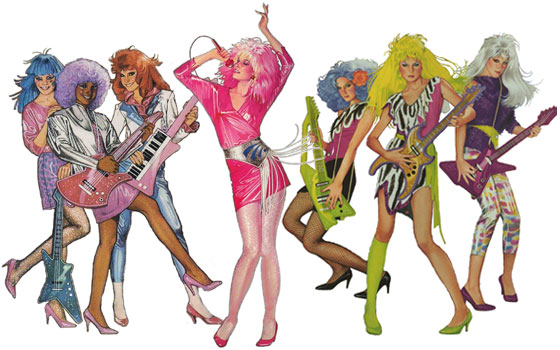So, that said, here's a call for papers on the topic of "ruins". See if you can tell what the hell they're actually talking about:
"Ruins are everywhere, yet can we be certain of exactly what they might be? Do they constitute figure or ground? How is the ruin given its figuration and from where does it garner a sense, if any, of grounding? Can we regard them as ever-changing archives? Are figure, ground, style, substance, taste, and form even significant markers when attempting to tie the study of the ruin (and ruination) to aesthetic practice?"Now, I should add that this is for a journal on "theory and praxis". Which means, basically, that there's no particular thing that's required to ground the discussion, and you can just talk about the idea of ruins. If it sounds hilariously abstract and philosophical, that's because they're mostly looking for abstracted philosophies of ruin and ruination.
No need, then, to talk about specific ruins and the specific role that they play in, say, a particular form of national building (for example, the WTC and American exceptionalism). Or maybe how a ruin validates only a certain version of cultural memory (for example, the way the Alamo situates the white Texans as both the good guys and the victims). Nah, we'll encourage people to generalize in a way that leaves most other people wondering what it all means. Which is why successful academic journal articles are ones that get to be read by 50 other people.
Clear enough? No, probably not. Anyway...
"The ruin can, as well, be a situated, sited, and cited entity in the visual field, given an affective value or measure – historical, cultural, socio-political – structured upon the very tentative gesture of how one looks on such spatial decay. It is as much about looking and seeing – both in regards to the presence of unruly fragments and to the absence of what does not remain after, or in the aftermath of, loss – as it is about sense and perception, and remembrance and forgetting. What remains, might be a central question to consider when thinking about how the ruin addresses both loss and subsequent redemption from within the scene of this loss."To offer a translation by way of the Insane Clown Posse: Fucking ruins, how do they work?
"Alternate to a sense of loss that the ruin might signify is this sense of the redemptive that it promises – a looking forward, as such, from the moment of the present and from within a sense of immanent presence, on to what might be materially viable and spatially ephemeral or livable. Speaking on terms that are redemptive, how, then, would the ruin be situated within conversations that concern urban and social planning, and within discussions about how architecture and architectural theory might respond to decay and it aesthetic representation? As such, urban decay, ecology, environmental reconstitution, and technological ruination add to the broader dialogue regarding how the ruin might be configured and experienced as sites of both livability and abandonment."Fucking ruins, how are they used?
"Furthermore, can the ruin become metaphor, especially within the scene of aesthetic practice? In a sense, spatial and architectural imaginaries might limit the capacity of the ruin to be thought differently. Can we think of it otherwise – as ruined time, as in the case of the photograph and photographic time? Or a ruin further localized to address the corporeal body and embodiment itself? Consequentially, in aesthetic practice, is it possible to resist the urge, always already existent, to convert it into fetish object?"And now we get to the playful part, where the definitional boundary of ruin is stretched in such a way that the word is unrecognizable. That is, if it wasn't already unrecognizable. Seriously, "a ruin further localized to address the corporeal body or embodiment itself"? Why not just pose an absurdist thought-experiment and ask whether anything can be called a ruin? Ugh.
I have to admit that I like the last sentence, mostly. The deconstructionist "always already" flourish is a bit much, but I actually like 'do we have to fetishize ruins?' as a question. (My answer: Yeah, debris becomes a ruin in the first place because we fetishize the site of the debris, attach all this added historical and cultural significance to it, and turn it into something more than its parts. Without all that added meaning, it's just a pile of junk.)


